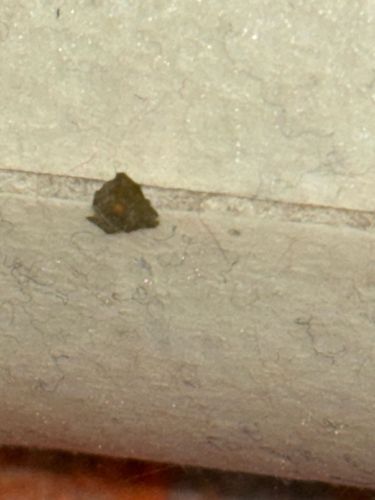Household Casebearer, Plaster Bagworm
Scientific Name: Phereoeca uterella
Order & Family: Lepidoptera (Moths and Butterflies), Tineidae (Fungus moths and Clothes moths)
Size: Larval case: typically 10-15 mm (0.4-0.6 inches) long; Adult moth: wingspan 10-14 mm (0.4-0.55 inches)

Natural Habitat
Commonly found indoors in homes, particularly in damp and dusty areas, corners of rooms, under furniture, in closets, garages, and attics. They prefer high humidity environments.
Diet & Feeding
Larvae feed on various organic materials, including wool, silk, hair, felt, lint, dust, cobwebs, and sometimes even the plaster or stucco from walls, especially in high humidity. Adult moths do not feed.
Behavior Patterns
Case-bearing larvae carry around a protective case made of silk and debris (like lint, dust, and fabric fibers) to camouflage themselves and provide protection as they move and feed. Adults are small moths usually active at night. Larval development from egg to pupa can take several months to over a year, depending on conditions and food availability.
Risks & Benefits
Risks: Can be considered a household pest due to feeding on woolen items, silks, and other natural fibers, potentially causing damage to clothing, carpets, and upholstery. They are not known to bite or carry diseases. Benefits: Primarily a nuisance pest with no significant benefits in a household setting.
Identified on: 8/29/2025